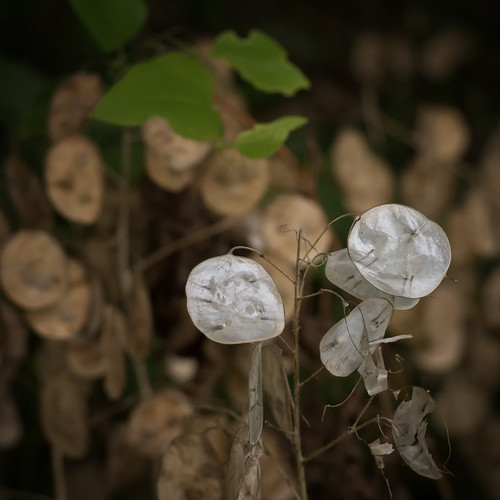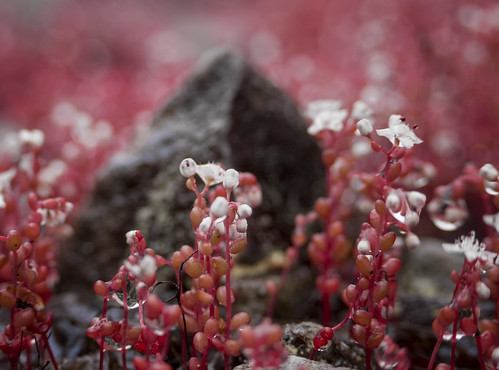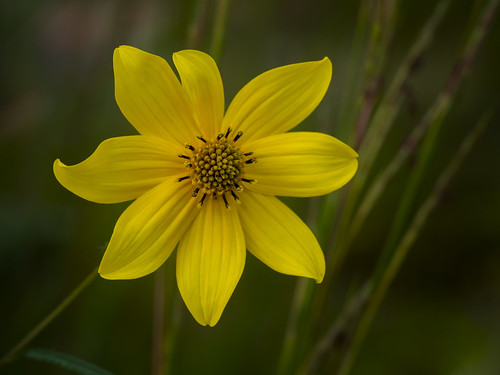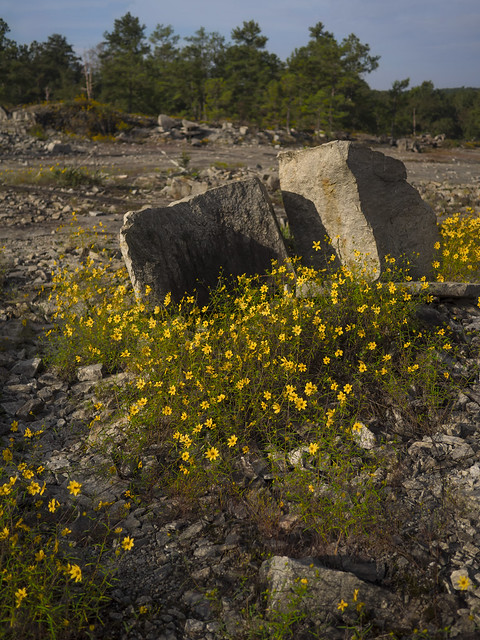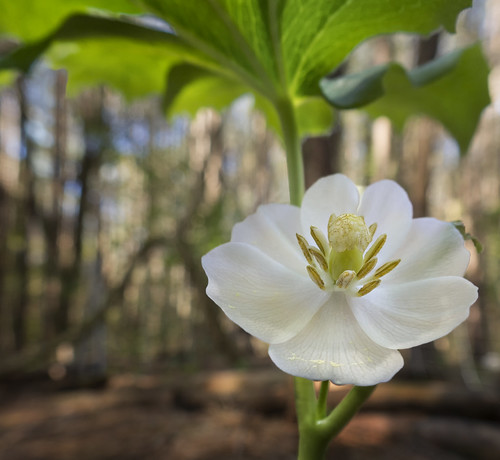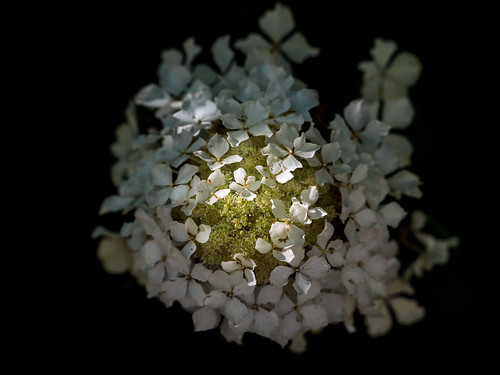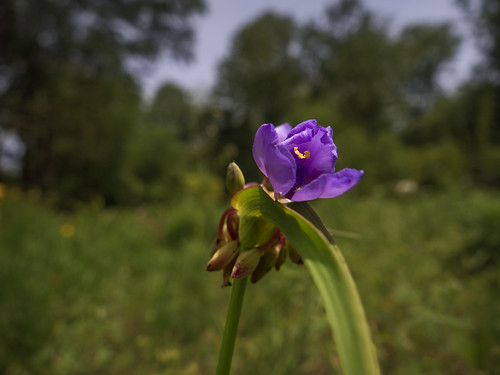Wildflowers called honesty(!), blooming in mid-spring morning light.
Dearborn Park: City of Decatur, Georgia, USA. 20 April 2024.
Lunaria annua —commonly known as annual honesty, dollar plant, honesty, lunaria, money plant, moneywort, moonwort, silver dollar— is a species of flowering plant in the cabbage and mustard family (Brassicaceae). It is native to southern Europe but is cultivated throughout the temperate world.— Wikipedia.
The plant grows up to 3 feet tall (90 cm). In spring and summer, it bears terminal racemes [short stalks] of white or violet flowers. The fruits appear in midsummer. They are paper-thin, flat, silver dollar-sized fruits, called siliques, that become white-translucent with age, resembling a full moon or coin, hence some of the common names of the plant. Another common name, 'honesty,' relates to the translucence of the plant's silique membranes, which 'truthfully' reveal their contents.
— North Carolina Cooperative Extension.
***************


